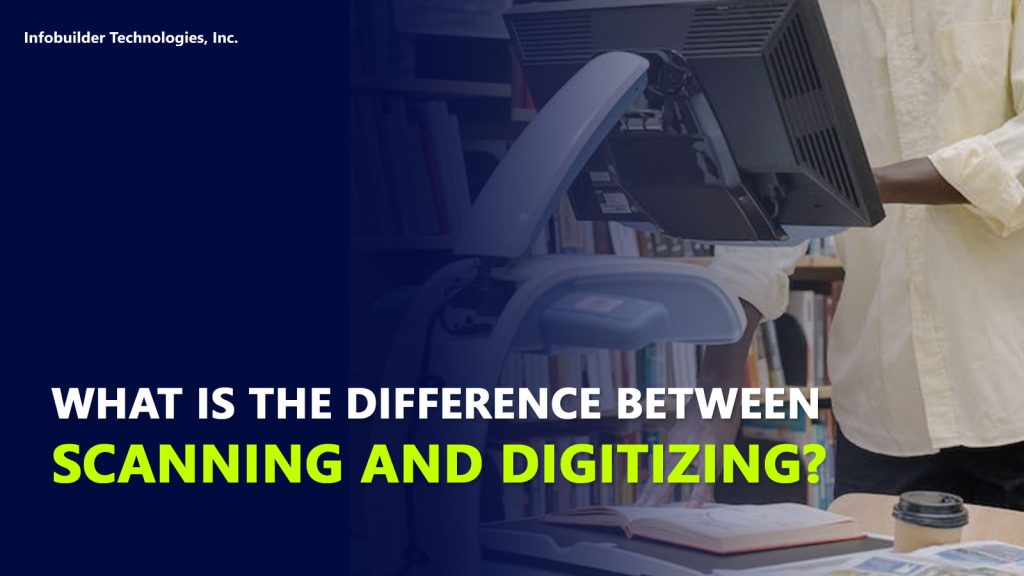What is scanning?
Scanning refers to the process of converting paper-copy materials into digital format through the use of a scanner. When you scan a physical document, you create a static digital copy of it, which can be stored, viewed, and shared on a computer and other digital devices to comply with government regulatory requirements.

